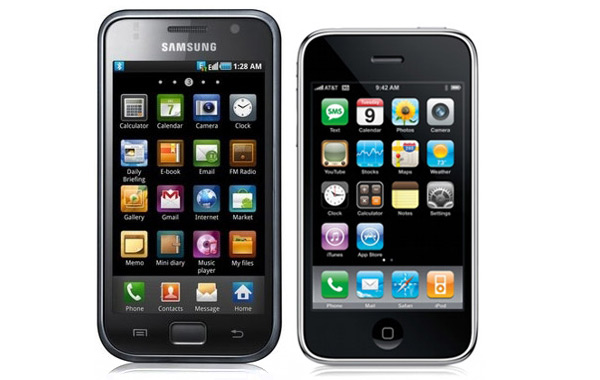There has been a lot of coverage of the Apple v. Samsung case going on. I’ve posted on the value of design patents that this litigation highlights. One topic is that of the public release of excluded evidence by Samsung’s lawyers. Some tech blogs have taken issue with the ruling saying Samsung should be able to show evidence that the design was their own idea.
This misses a critical point. Independent development is not a defense to patent infringement. Even if you never saw the design or the patent you are accused of infringing, that will not protect you. This is true even in you came up with the idea first.
Unless an earlier developed design fits into a statutory category of prior art (such as a printed publication, patent, article for sale, etc.) then its existence is irrelevant to validity and infringement. This surprises some people and it is different than other areas of intellectual property law.
For example, trade secret law protects against misappropriation; copyright law protects from copying. In these areas, a defendant can avoid liability by demonstrating independent development. I’m sure the attorney’s for Samsung were well aware of this, and it will be interesting to see what Judge Koh does in response to the public statements and release of evidence that was deemed irrelevant.


Er, where was it “deemed irrelevant”? Wasn’t it excluded because Samsung brought it up too late in discovery?
While independent development may not, in itself, be a defence surely:
1) It may be relevant to sanctions as it can speak to degree of “willfulness” with which the patent(s) were transgressed.
2) If devices exhibiting features from the patent(s) existed before the iPhone it can speak to the validity of the design patent(s).
The evidence was previously rejected as irrelevant by the magistrate and that was adopted by Judge Koh. It was rejected again when Samsung tried to get it admitted under a different theory. That second attempt was rejected as untimely but would not have likely succeeded on the merits. Here is a good discussion from Foss Patents this morning about it.
For the other points, 1) trebble damages in design cases are typically not pursued by patentees. I point out in my earlier post on design patents that a unique remedy is disgorgement of ALL infringer’s profits, but willfulness enhancements don’t apply. That is a big difference from utility patents where a patentee can only recover the percentage of profits attributable to the patented feature, but those damages can be trebbled for willfulness.
As for 2) those designs are only relevant to validity if they qualify as prior art (see 35 U.S.C. 102). Samsung’s in-house designs don’t qualify because they were never made public.
Thanks a lot for reading and commenting.